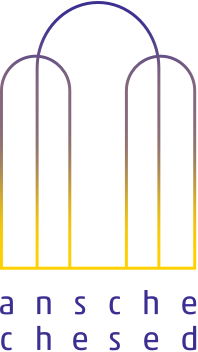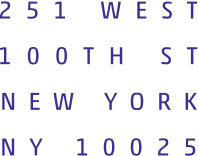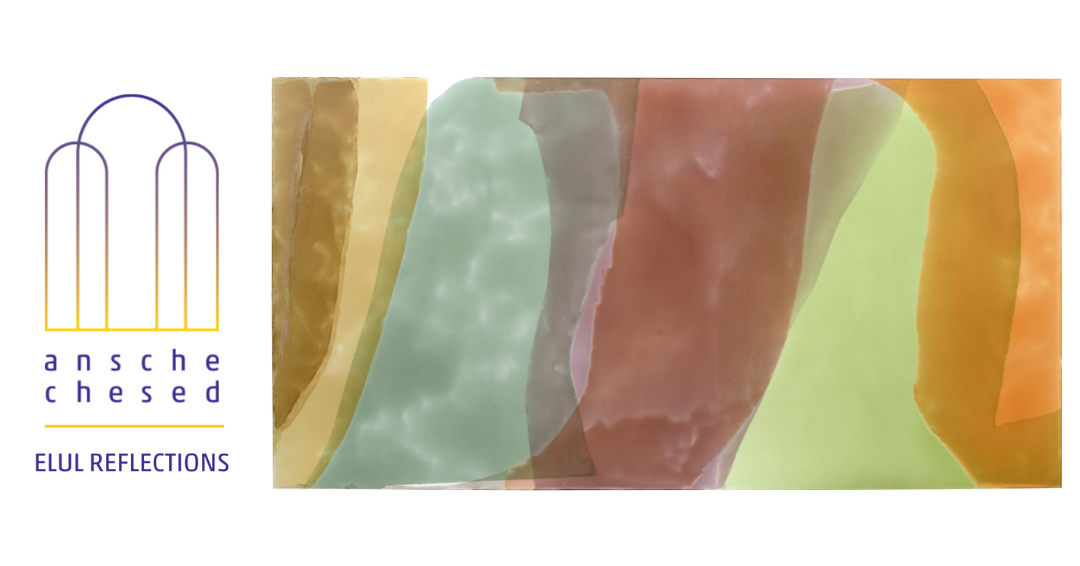This is Evening’s Garment, a fairly large painting of mine (40” x 78”). As I’m writing this in August, it is in my exhibition at Berry Campbell Gallery in Chelsea. I’m an abstract painter who began painting in the 1970’s, inspired and taught by Color Field painters, American Modernist abstract artists who conceived of color, activated and intensified through relationships, as the key mode of structure in a painting. Color is light in its parts, and Color Field, at its best, engages with our reception of the unique nature of color in dynamic visual structures of relationship. Over the decades I’ve developed my own synthesis of Color Field and other, more current perspectives in abstract painting.
My work isn’t spontaneous: I take a long time to develop a small preparatory study, like a composer of a musical score. I then mix colors to exactly match the colors of the studies, and those colors are mixed into a thick, transparent acrylic pouring medium. The painting is made by pouring each specific color onto a prepared wood panel which has been marked and taped off with the lay-out of the study. There are many overlapping colors and relationships which are surprising to me, and I hope for others.
This painting’s title refers to Psalms 104:2: “Let me praise Adonai, for You, Adonai my God are surely great, clothed in glory and majesty, wrapped in a cloak of light, You stretch the heavens like a sheet of cloth.” The title also refers to the prayer before the evening Shema… “rolling light away from darkness and darkness from light…Barukh ata Adonai, who brings the evening’s dusk.” I picture this as a roll of immaterial cloth.
For the most part, as a painter, I’m thinking about, worrying over and working on very specific issues of color, materials, composition, and technique that are quite consuming. Over the years, I’ve found that spiritual language, Jewish language, connects with my painting. The two languages, or two worlds, sometimes ignite one another, often not. I came to this way of painting because I have long wanted to engage myself and viewers with dynamic unity; with an experience of unification which I have always loved in painting. I’ve long sensed some analogies with Jewish text and experience. Color relationships in painting are incredibly dynamic, with colors invariably changing each other, and this intense relationally, with some intention at times can feel close to spiritual reality.
In our very wordy tradition, we might not think that color has played a big role, but the Kabbalists associated the Sefirot, which you may think of as aspects of the divine personality, with different colors. They meditated on them and tried to unify them in prayer. I find this amazing and see it as a kind of inner abstract structuring; not a painting but something quite related. I wouldn’t know how to be a Kabbalist, and I use color with more openness and, frankly, more knowledge about color relations, but I feel color connects us to physical and emotional states and to their unification within our spiritual level of being.
Unlike this inner work of the Kabbalists, my painting is very material and really needs to be seen in the actual. We feel the materiality of it while simultaneously feeling the immaterial, light-like aspects, and to me this connects to our heart. The heart is both utterly material and equally not. Painting can sometimes get this dichotomy right. That is part of painting’s very special condition: paint/color is both muck and light.
This painting requires a bit of searching: you need to engage with the parts for it to make sense. It moves in various directions, and so sort of hovers. Our hearts are often moving or pulling in different directions, and a painting can make this visceral activity visually present. This painting alludes to both evening and morning and other, less specific dynamic distinctions within unity.
Certain lines or phrases in our liturgy are inspiring for me, specifically ones that can be visualized in some way. The Angels in the Kiddushah responding to one another with praise, for example, are more than images; these are dynamic heavenly forces. To me this can be part of painting that isn’t based on images.
In this season, in this painful year, I hope my painting, seen in the context of Elul will allow us to share in the luminous, the immaterial light that can at times give us a deeper sense of what surrounds us.





